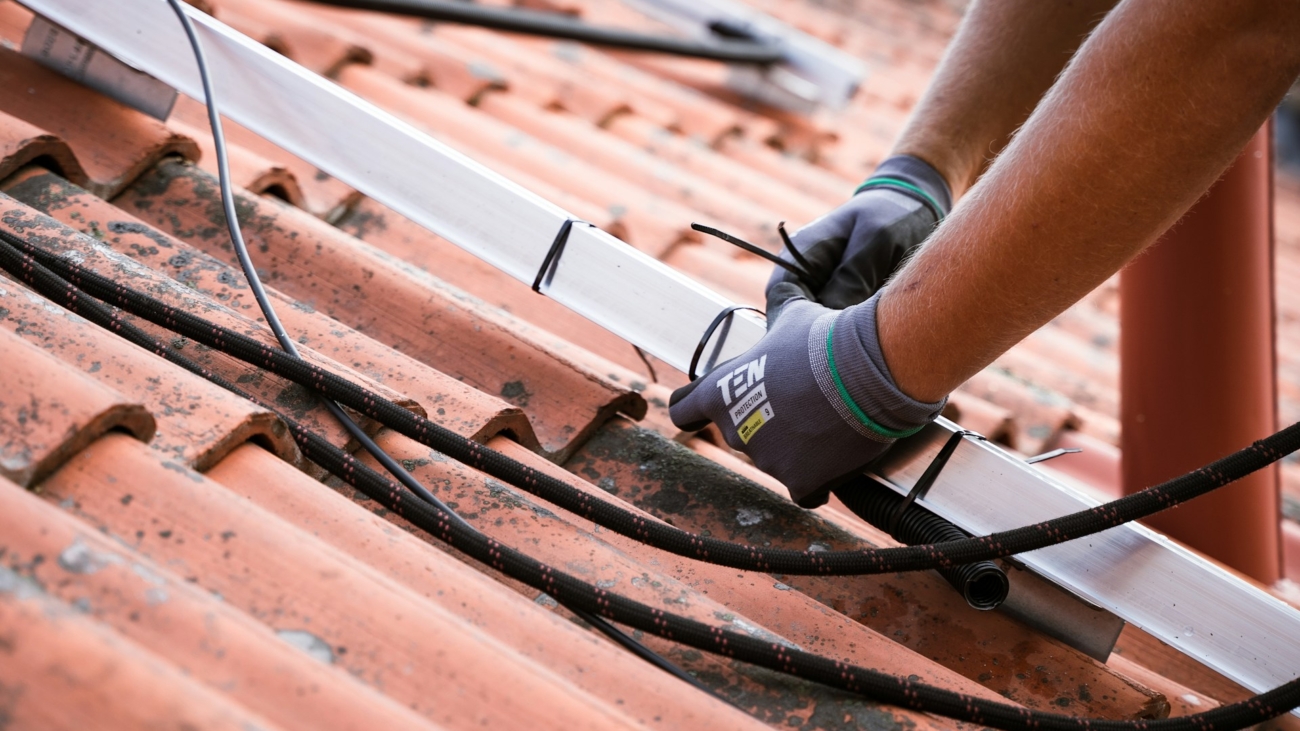As urban centers evolve into smart cities, the demand for efficient and sustainable energy solutions intensifies. Smart energy generation using semiconductors and electron action offers a promising avenue for meeting these needs. By leveraging the unique properties of semiconductors, which release electrons in response to stimuli such as light, heat, pressure, and movement, small-scale electric charge generation units can be strategically deployed throughout smart cities. These units can power IoT devices essential for monitoring and real-time actions, contributing to a more intelligent and sustainable urban environment.
The Role of Semiconductors in Energy Generation
Semiconductors are materials that have a conductivity between conductors and insulators. Their ability to release electrons when exposed to various stimuli makes them ideal for generating electric charge. The primary mechanisms include:
- Photovoltaic Effect (Light): Semiconductors like silicon and gallium arsenide generate electron-hole pairs when exposed to sunlight, a principle utilized in solar panels.
- Thermoelectric Effect (Heat): Certain semiconductors can generate voltage when there is a temperature difference across them, converting heat energy into electrical energy.
- Piezoelectric Effect (Pressure/Movement): Materials such as quartz generate electric charge in response to mechanical stress, useful in harvesting energy from vibrations and movements.
Small-Scale Electric Charge Generation Units
Small-scale electric charge generation units harness these semiconductor properties to produce energy. These units can be strategically placed in various locations across a smart city to capture energy from different sources:
- Solar Panels: Installed on rooftops, streetlights, and other surfaces exposed to sunlight, solar panels can generate significant amounts of electricity during the day.
- Thermoelectric Generators: Placed near heat sources like HVAC systems, industrial processes, or even body heat in wearable devices, these generators can convert waste heat into usable electricity.
- Piezoelectric Devices: Embedded in pavements, roads, and buildings, these devices can capture energy from foot traffic, vehicle movements, and structural vibrations.
Strategic Deployment in Smart Cities
To maximize the efficiency and utility of these small-scale energy generation units, their deployment must be strategic and integrated with the city’s infrastructure:
- Smart Grid Integration: The generated electricity can be fed into a smart grid, a digitally managed electricity network that optimizes energy distribution and usage. This ensures that energy is directed where it’s needed most and can balance supply and demand in real-time.
- IoT Device Powering: IoT devices, essential for monitoring air quality, traffic, energy usage, and more, require reliable power sources. Small-scale energy units can directly power these devices, reducing dependency on traditional energy grids and enhancing operational sustainability.
- Public Infrastructure: Streetlights, bus stops, and public benches equipped with solar panels or piezoelectric devices can generate electricity to power lighting, displays, and charging stations, improving public amenities and safety.
- Building Integration: Smart buildings can incorporate solar panels on rooftops and facades, thermoelectric devices on HVAC systems, and piezoelectric floors to generate energy from everyday activities and environmental conditions.
Case Study Examples
- Solar-Powered Smart Lighting: In many cities, streetlights equipped with solar panels and sensors automatically adjust their brightness based on ambient light and pedestrian presence, reducing energy consumption and light pollution.
- Energy-Harvesting Floors: In high-traffic areas like train stations and shopping centers, piezoelectric floors capture the energy from foot traffic to power nearby displays, ticket machines, and Wi-Fi hotspots.
- Thermoelectric Wearables: Wearable devices with thermoelectric generators can convert body heat into electricity, powering sensors that monitor health metrics and environmental conditions.
Benefits and Challenges
Benefits:
- Sustainability: Reducing reliance on non-renewable energy sources and lowering carbon footprints.
- Efficiency: Localized energy generation reduces transmission losses and enhances grid reliability.
- Resilience: Decentralized energy sources enhance the resilience of the urban energy infrastructure, making it less vulnerable to outages and disruptions.
Challenges:
- Initial Costs: High upfront costs for deploying advanced semiconductor-based energy generation units.
- Maintenance: Ensuring the longevity and efficiency of these units requires regular maintenance and monitoring.
- Integration: Seamlessly integrating small-scale units with existing infrastructure and managing energy distribution can be complex.
Conclusion
Smart energy generation using semiconductors and electron action represents a frontier in the development of sustainable and efficient energy solutions for smart cities. By strategically deploying small-scale electric charge generation units, cities can harness energy from light, heat, pressure, and movement to power IoT devices and other critical infrastructure. This approach not only enhances the sustainability and resilience of urban environments but also supports the intelligent management of city resources, paving the way for a smarter, greener future.

